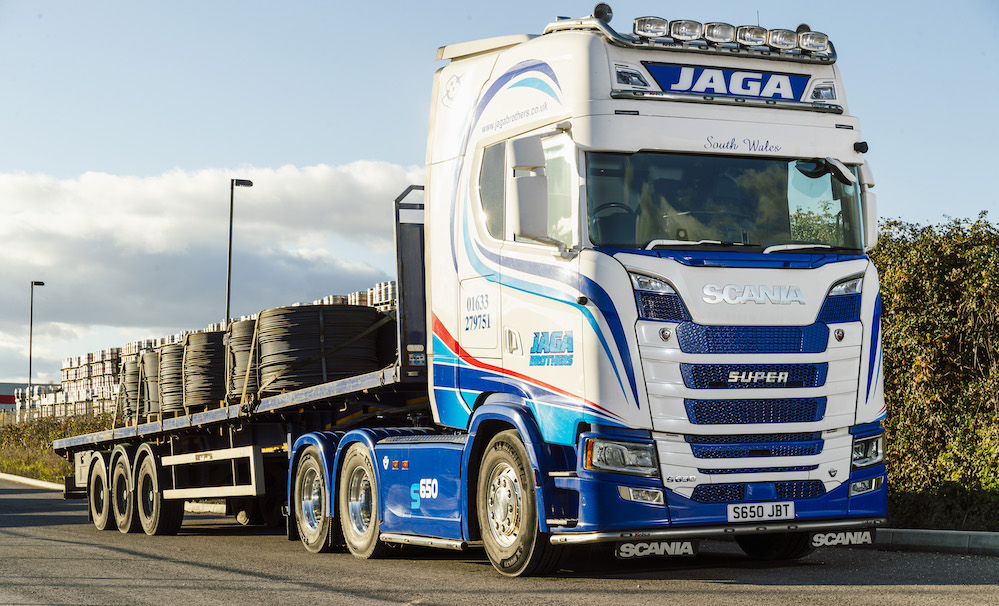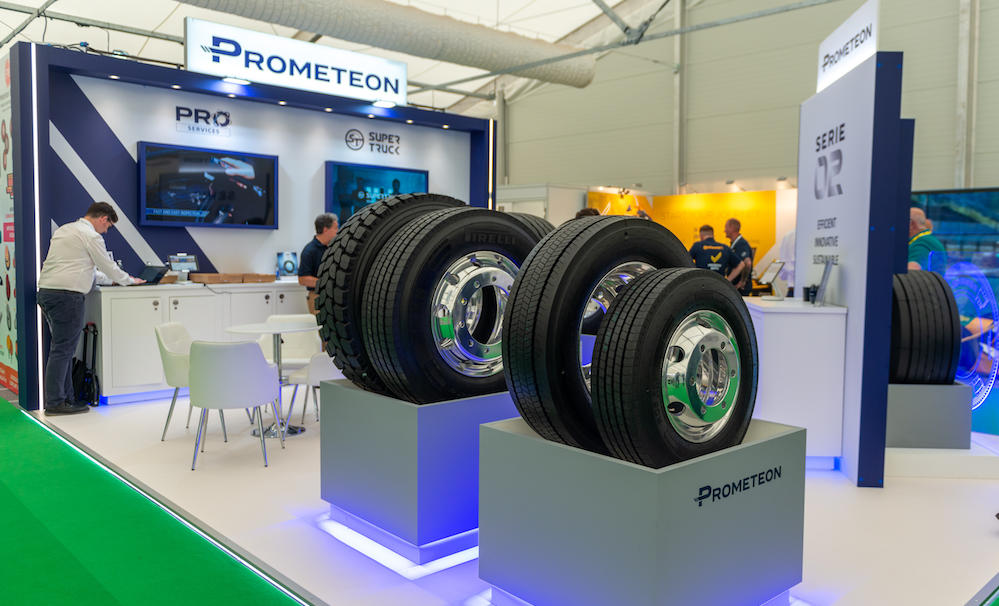Animal feed wholesaler, Armstrong Richardson, along with its sister company C&C Horse Transport, is moving its 50-strong truck fleet to a 100 per cent Michelin new and Remix tyre policy, after a side-by-side comparison projected savings of more than £60,000 a year.
Trialling a set of Michelin Remix X Multi D tyres against a competitor’s new fitment on two Mercedes-Benz Actros tractor units, the Yorkshire-based group found the Michelins remain in service and are expected to achieve more than 200,000km after a regroove while the other manufacturer’s tyres had to be removed at 134,000km.
With the same Michelin policy rolled out across the fleet, projections show the customer will save more than £17,000 a year in tyre costs alone across both businesses, as a result of fitting far fewer tyres. In addition, it also expects to save a further £43,000 a year in fuel thanks to the improved rolling resistance of the Michelin X Multi range.
Commenting, Steve Whitehead, Transport Manager at Armstrong Richardson, says: “The tread pattern on the Michelin trial tyres is still immaculate and our drivers report grip levels have improved significantly. It’s also given them more confidence that we have a robust tyre for the regular trips we make to farm sites.
“This is our first experience with Michelin and we’ve noticed a huge difference in pretty much all areas of performance – our fleet is running more safely and efficiently.”
Under the policy, Armstrong Richardson’s worn tyres are returned to Michelin’s UK retread factory for remanufacture as Michelin Remix tyres – which deliver almost identical levels of performance as a new tyre, but cost around 40 per cent less.
For each casing returned and accepted for Remix, the firm receives a credit in its casing bank – allowing it to fit a Remix when one of its vehicles needs a replacement tyre.
Once the new and Remix tyres reach 3-4mm of remaining tread they will be removed and regrooved by the local Tructyre ATS technician. This process extends each tyre’s life by around 25 per cent in its most fuel-efficient state.







